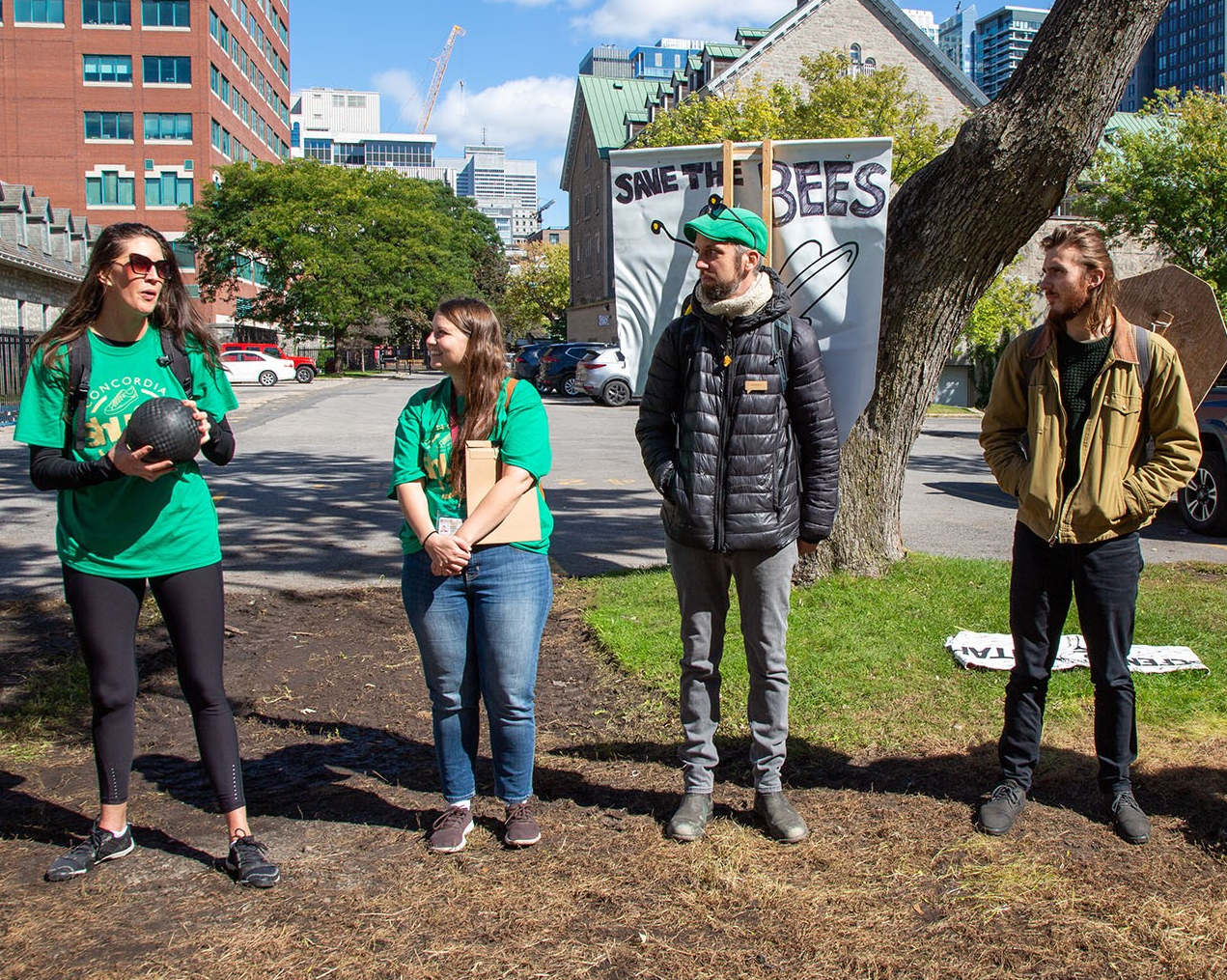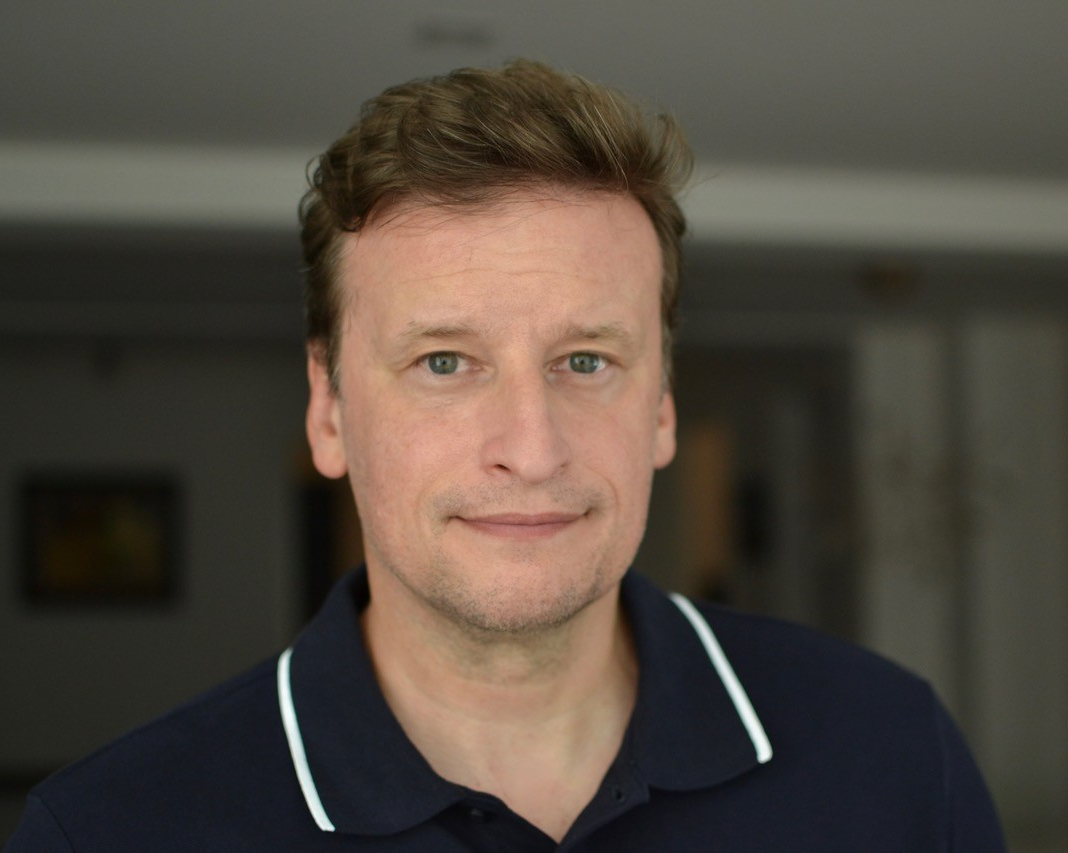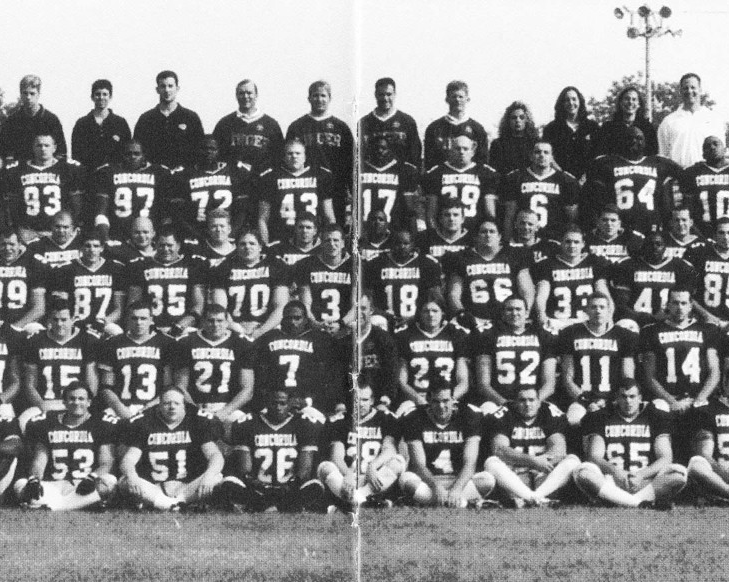$100,200 gift from Reesa Greenberg launches new digital residency project at Concordia’s Ellen Gallery

A gallery’s reach extends mostly to its physical visitors, yet a digital platform can reach the world. In the spirit of artistic and critical expansion, a new residency program will be introduced in fall 2019 at Concordia’s Leonard & Bina Ellen Art Gallery on the Sir George Williams Campus.
Thanks to a $100,200 gift toward the university’s Campaign for Concordia: Next-Gen. Now, Reesa Greenberg is helping to launch the Expanding Exhibitions Residency at the gallery.
Valued at $15,000 per resident, the four-month venture will bring together two graduating students — one each from the departments of Art History, and of Design and Computation Arts — to create a web-based project working from the Ellen Gallery’s exhibition archive. The program will fund two student residents per year for three years.
“Faculty of Fine Arts Dean Rebecca Duclos’s understanding of the digital era in which we live, coupled with gallery director Michèle Thériault’s proven ability to embrace new exhibition challenges, gives me confidence that Concordia is the right institution for the Expanding Exhibitions Residency experiment,” says the Foundation’s Reesa Greenberg, an art historian and former Concordia professor.
“We’re grateful for Reesa Greenberg’s generous gift, which is developing a new way to build upon the gallery’s existing knowledge as well as create new models for disseminating it,” says Thériault. “Residents will sift through the archives to choose a past exhibition — mining it and examining it through a discursive and digital light that will end up on our website.”
Greenberg is a widely respected academic and her co-edited 1996 Thinking About Exhibitions remains a classic. The book is based on seminars Greenberg taught at Concordia, and compiles essays by curators, artists and critics that explore the different ways art is brought to the public.
Greenberg believes the support Concordia gave her was key to her success, and she lauds the university’s commitment to innovation.
Deepening connections through digital tools
“A digital platform is using another structure and system to process and convey information. It allows for cross connections and accessibility in very different ways than in real space. It is not so much about offering a better understanding of an exhibition, it is more about mining it or investigating it in a myriad of ways,” Thériault says.
She explains that digital approaches create new ways of reflecting on the issues and structures that are raised by an exhibition, or they can pointedly look at what was not addressed by an exhibition, using it as a jumping off point for an even more expansive and critical discussion available to anyone with internet access.
Greenberg laments that small art galleries often lack the resources to experiment with digital projects. Since art history students rarely work in the digital medium, they are often unable to build up digital proficiency. Similarly, computation arts students don’t usually work on art or exhibition projects.
The residency will bring together young scholars from these two disciplines, giving them a chance to hone their skills. Art historians will be able to confidently include digital methods in their future projects, and computational arts graduates could apply for jobs in museums and galleries.
Greenberg’s own work has looked at national, gendered and ethnic identities in art exhibitions as well as contemporary art and war. Besides her 29 years at Concordia, she has taught at Carleton University, California College of the Arts in San Francisco and Moscow State University for the Humanities. She sat on Concordia’s Board of Governors from 1985 to 1988.
“Reesa Greenberg has made numerous contributions to Concordia over the years, as well as to the arts in general in Canada,” says Paul Chesser, Concordia’s vice-president of Advancement. “We are so grateful for her continued support of our students, our gallery and our art programs, as well as with the innovative approaches she brings to increasing the public’s ability to develop a wider interest in and understanding of art.”


